
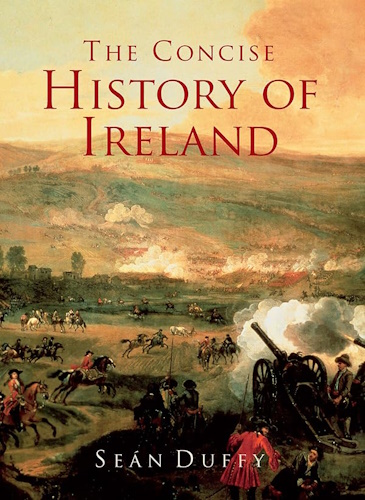
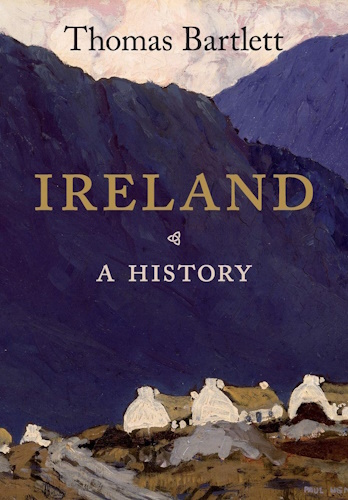
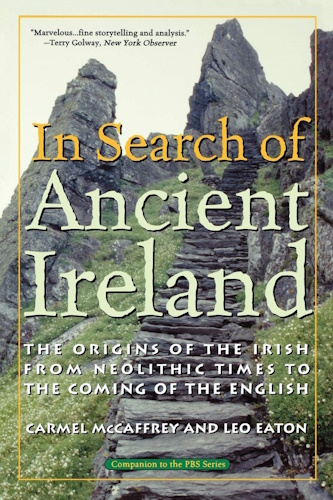


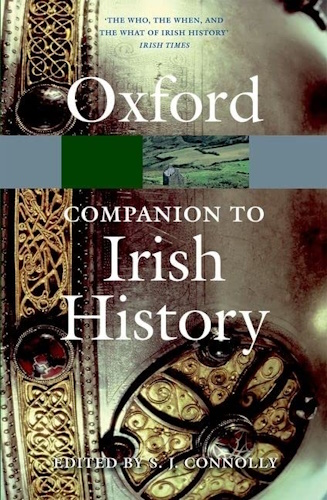
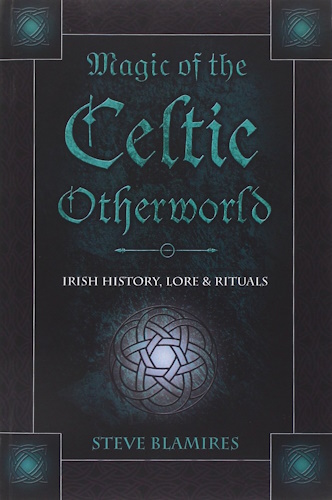


Comyns Beaumont
and the Keys
to World History
Appendix V to Volume I
of
The Irish Origins of Civilization
by
Michael Tsarion
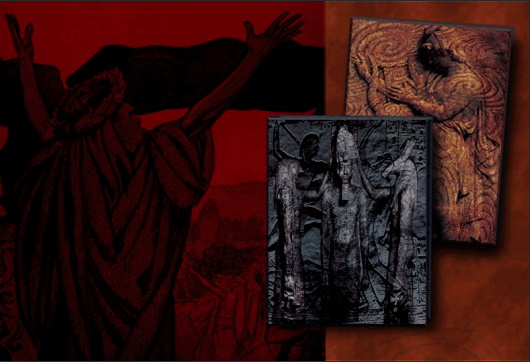
![]()
![]()
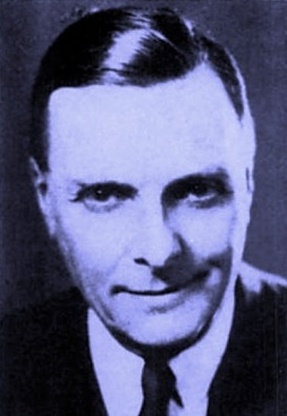
Mr. Rawlinson, talking of the mineral resources of the supposed neighborhood of Ur, says: " The alluvium is wholly destitute of metals, and even of stone." He also tells us: "No permanent streams water this region; occasional wadis or torrent courses, only full after heavy rains, are found; but the scattered inhabitants depend for water chiefly on their wells, which are deep and numerous, but yield only a scanty supply of a brackish and unpalatable fluid. No settled population can at any time have found sustenance in this region, which only produces a few dates, and in places a poor, unsucculent herbage. Sand- storms are frequent, and at other times the fearful simoon sweeps across the entire tract, destroying with its breath both men and animals - Anna Wilkes
Like Anna Wilkes before him, Beaumont controversially insisted that Mesopotamia, Syria, Palestine and Judea were not cradles of major civilizations. He insisted that we revise our entire view about these locations and the events said to have occurred there.
Beaumont determined that most of what we read in the Hebrew Bible about Abraham and the Israelites did not in fact occur in the Middle East, but in Europe and Britain.
Although the theory sounds spurious and outlandish, it is actually quite rational and inspired. Sadly, it has been viciously attacked and ridiculed.
However, a sane person asks what proof exists for Beaumont's revisionism. We find that there is quite a lot of evidence substantiating it. For example, a leading expert on the history of the ancient Israelites, Prof. William G. Dever, tells us:
Israel looms "larger than life" in our Western imagination because of its spiritual significance, but it was a tiny country. is some ten million in a comparable area). The few large cities cannot have contained more than about 3,000 people; and an average town would have had a population of only some 500-1,000; and most areas were rural, with a very low population density. Jerusalem in the time of Solomon had perhaps 2,000 people, and at its height in the 8th century B.C. it probably had no more than 5,000 people.
...we are dealing with an area west of the Jordan River that is about the size of the state of New Jersey. It is only 250 miles long, the southern half barren desert, and varies from about 30 to 70 miles wide.
Not only was Israel insignificant in size, it was also vulnerable because cause of its geopolitical situation. It was a small coastal strip along the bend of the Fertile Crescent, sandwiched in between the great empires of Egypt and Mesopotamia. It lagged far behind them in all the early advances of civilization.
More significantly, because of its exposed position as a "land bridge" between Africa and Asia, Palestine and later Israel were frequently trampled over, subjugated, and occupied for long periods by foreign powers. Think of the long succession of peoples who have overrun this general area along the Levantine coast in historical times: Amorites, Hittites, Hurrians, Egyptians, Philistines, Assyrians, Babylonians, Persians, Greeks, Romans, Muslims, European Crusaders, Turks (not to mention the British and French).
No single political entity ever ruled the area in antiquity for more than about 400 years, and that was ironically the rather feeble Israelite-Judean monarchy (ca. i,ooo-600 BC).
Professor Dever goes on to write:
Israel suffered from a lack of any natural resources that could have brought it trade, financial independence, or prosperity. The land is a geologist's ideal field laboratory, fascinating in its diversity, but it is a mostly hostile environment for human man habitation. The southern deserts were uninhabitable except for brief periods when complex technology made runoff irrigation possible, as in Roman-Nabataean times; or when the wilderness provided a desperate retreat, treat, as for Byzantine monks.
The point here is that Israel's "fractured geography" meant that for most of the time its society and political structure were "fractured" as well.
In addition to poor, thin, rocky soils, even in the best of areas, there was the problem of water. There are no real rivers except the Jordan, and that ran in a channel so deep that the waters were largely inaccessible and emptied uselessly into the Dead Sea. Elsewhere there are few perennial springs, and primitive technology could not manage deep wells.
Most of the area was devoted to dry farming. That depended upon rainfall that could vary from none in the deserts to some forty inches in upper Galilee. But it was always too little or too much; in the wrong times or places; never predictable.
The long summers from May to October are hot and dry, the rains falling only in the winter months. But droughts occur every few years, and crops even in prime agricultural areas often fail.
...even in years of bountiful harvests, as much as a third of the grain crop could not be adequately stored and was lost to dampness, rot, and vermin.
If arable land and available water were scant, other natural resources were almost nonexistent. There was timber in the upland areas, but much of the land had already been deforested by Israelite times (the process began with the first villages in the Neolithic period, ca. 8,000 BC).
Copper ore had been mined in the southern Negev desert and the Jordan Valley from the third millennium on; but the mines are isolated, in the blistering desert, far from sources for the charcoal needed for smelting. Tin, essential for alloying copper to make bronze, does not occur anywhere closer than Anatolia or Afghanistan. There are some iron deposits in Transjordan, but iron technology was primitive and inefficient, even in the "Iron Age." Nowhere are there deposits of gold, silver, precious stones, or even other useful minerals.
Ancient Palestine's poor natural environment, precarious geopolitical political situation, unreliable subsistence, fractured social structure, and political instability mean that we must keep constantly in mind one fact. Ancient Israel was a truly marginal economy and society. The country was always poor compared to its prosperous neighbors; always powerless compared pared to their might; always on the verge of extinction (as finally happened). It may be unsettling to some readers, but the fact is that ancient Israel was an obscure cultural and historical backwater of the ancient Near East.
It would have been long forgotten except for its one memorable contribution to civilization: the Hebrew Bible, and the memory of Israel's faith and vision of human destiny that it enshrines.
The majority of ancient Israelites were essentially subsistence farmers eking out a miserable existence on small plots of land.
- Excerpts from Did God Have a Wife?
In conclusion, Professor Dever makes a crucial statement about the competence of common studies of Palestine:
...very few biblical scholars writing on Israelite religion (Chapter II) have paid any attention to the "real-life" context that we archaeologists consider the essential context.
This expert testimony is worthy of Beaumont himself. However, his brave efforts to reveal these monumentally important facts about the alleged Jewish homeland were contemptuously dismissed and ignored.
Professor Dever's revealing facts, supporting Beaumont's view, are confirmed by eminent experts such as Philip King, Lawrence Stager and Prof. Thomas Thompson, author of The Mythic Past: Biblical Archaeology and the Myth of Israel.
The main point here is that Beaumont's deep scepticism about the origins of Judaism and Christianity, and descriptions of the kingdoms of Judah and Israel, was certainly justified. His doubt resulted in his formulation of a far more intriguing and plausible hypothesis about the Israelites and their original homelands. Once we grant this, we are in position to take onboard Beaumont's theories concerning the importance of Britain in world history, and the West to East transference of the elements of civilization.
. . .
Recommended Links
Comyns Beaumont (Books)
Prof. William G. Dever
Did God Have a Wife?
Life in Biblical Israel
The Myth of Israel (Prof. Thompson)
A. C. Sayce
![]()
![]()
![]()
![]()
Disclaimer:
Some material presented will contain links, quotes, ideologies, etc., the contents of which should be understood to first, in their whole, reflect the views or opinions of their editors, and second, are used in my personal research as "fair use" sources only, and not espousement one way or the other. Researching for 'truth' leads one all over the place...a piece here, a piece there. As a researcher, I hunt, gather and disassemble resources, trying to put all the pieces into a coherent and logical whole. I encourage you to do the same. And please remember, these pages are only my effort to collect all the pieces I can find and see if they properly fit into the 'reality aggregate'.
Personal Position:
I've come to realize that 'truth' boils down to what we 'believe' the facts we've gathered point to. We only 'know' what we've 'experienced' firsthand. Everything else - what we read, what we watch, what we hear - is what someone else's gathered facts point to and 'they' 'believe' is 'truth', so that 'truth' seems to change in direct proportion to newly gathered facts divided by applied plausibility. Though I believe there is 'truth', until someone representing the celestial realm visibly appears and presents the heavenly records of Facts And Lies In The Order They Happened, I can't know for sure exactly what "the whole truth' on any given subject is, and what applies to me applies to everyone. Until then I'll continue to ask, "what does The Urantia Book say on the subject?"
~Gail Bird Allen
![]()
![]()








-
Urantia Book, 44:0.11 - The Celestial Artisans
Never in your long ascendancy will you lose the power to recognize your associates of former existences. Always, as you ascend inward in the scale of life, will you retain the ability to recognize and fraternize with the fellow beings of your previous and lower levels of experience. Each new translation or resurrection will add one more group of spirit beings to your vision range without in the least depriving you of the ability to recognize your friends and fellows of former estates.
-
Princess Bride 1987 Wallace Shawn (Vizzini) and Mandy Patinkin (Inigo Montoya)
Vizzini: HE DIDN'T FALL? INCONCEIVABLE.
Inigo Montoya: You keep using that word. I do not think it means what you think it means. -
Urantia Book, 117:4.14 - The Finite God
And here is mystery: The more closely man approaches God through love, the greater the reality -- actuality -- of that man. The more man withdraws from God, the more nearly he approaches nonreality -- cessation of existence. When man consecrates his will to the doing of the Father's will, when man gives God all that he has, then does God make that man more than he is.
-
Urantia Book, 167:7.4 - The Talk About Angels
"And do you not remember that I said to you once before that, if you had your spiritual eyes anointed, you would then see the heavens opened and behold the angels of God ascending and descending? It is by the ministry of the angels that one world may be kept in touch with other worlds, for have I not repeatedly told you that I have other sheep not of this fold?"
-
Urantia Book, Foreword - 0:12.12 - The Trinities
But we know that there dwells within the human mind a fragment of God, and that there sojourns with the human soul the Spirit of Truth; and we further know that these spirit forces conspire to enable material man to grasp the reality of spiritual values and to comprehend the philosophy of universe meanings. But even more certainly we know that these spirits of the Divine Presence are able to assist man in the spiritual appropriation of all truth contributory to the enhancement of the ever-progressing reality of personal religious experience—God-consciousness.
-
Urantia Book, 1:4.3 - The Mystery Of God
When you are through down here, when your course has been run in temporary form on earth, when your trial trip in the flesh is finished, when the dust that composes the mortal tabernacle "returns to the earth whence it came"; then, it is revealed, the indwelling "Spirit shall return to God who gave it." There sojourns within each moral being of this planet a fragment of God, a part and parcel of divinity. It is not yet yours by right of possession, but it is designedly intended to be one with you if you survive the mortal existence.
-
Urantia Book, 1:4.1 - The Mystery Of God
And the greatest of all the unfathomable mysteries of God is the phenomenon of the divine indwelling of mortal minds. The manner in which the Universal Father sojourns with the creatures of time is the most profound of all universe mysteries; the divine presence in the mind of man is the mystery of mysteries.
-
Urantia Book, 1:4.6 - The Mystery Of God
To every spirit being and to every mortal creature in every sphere and on every world of the universe of universes, the Universal Father reveals all of his gracious and divine self that can be discerned or comprehended by such spirit beings and by such mortal creatures. God is no respecter of persons, either spiritual or material. The divine presence which any child of the universe enjoys at any given moment is limited only by the capacity of such a creature to receive and to discern the spirit actualities of the supermaterial world.
-
Urantia Book, 11:0.1 - The Eternal Isle Of Paradise
Paradise is the eternal center of the universe of universes and the abiding place of the Universal Father, the Eternal Son, the Infinite Spirit, and their divine co-ordinates and associates. This central Isle is the most gigantic organized body of cosmic reality in all the master universe. Paradise is a material sphere as well as a spiritual abode. All of the intelligent creation of the Universal Father is domiciled on material abodes; hence must the absolute controlling center also be material, literal. And again it should be reiterated that spirit things and spiritual beings are real.
-
Urantia Book, 50:6.4 - Planetary Culture
Culture presupposes quality of mind; culture cannot be enhanced unless mind is elevated. Superior intellect will seek a noble culture and find some way to attain such a goal. Inferior minds will spurn the highest culture even when presented to them ready-made.
-
Urantia Book, 54:1.6 - True And False Liberty
True liberty is the associate of genuine self-respect; false liberty is the consort of self-admiration. True liberty is the fruit of self-control; false liberty, the assumption of self-assertion. Self-control leads to altruistic service; self-admiration tends towards the exploitation of others for the selfish aggrandizement of such a mistaken individual as is willing to sacrifice righteous attainment for the sake of possessing unjust power over his fellow beings.
-
Urantia Book, 54:1.9 - True And False Liberty
How dare the self-willed creature encroach upon the rights of his fellows in the name of personal liberty when the Supreme Rulers of the universe stand back in merciful respect for these prerogatives of will and potentials of personality! No being, in the exercise of his supposed personal liberty, has a right to deprive any other being of those privileges of existence conferred by the Creators and duly respected by all their loyal associates, subordinates, and subjects.
-
Urantia Book, 54:1.8 - True And False Liberty
There is no error greater than that species of self-deception which leads intelligent beings to crave the exercise of power over other beings for the purpose of depriving these persons of their natural liberties. The golden rule of human fairness cries out against all such fraud, unfairness, selfishness, and unrighteousness.




